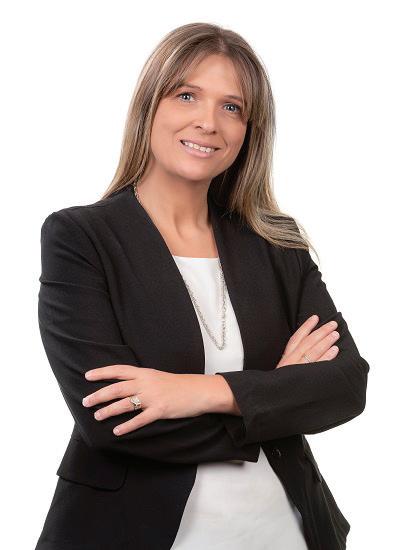
3 minute read
BUILDING A RISK-READY CONSTRUCTION INDUSTRY
The SA construction industry currently finds itself in an unpredictable macroenvir onment, with Fitch Solutions predicting sluggish growth of only 2,4% for 2019.
Talk of a looming global recession is causing capital expenditure on largescale construction projects to dwindle, sending the industry into a rally to achieve higher levels of risk-readiness to address increasing uncertainty. “Aon’s Global Risk Management Survey shows that the construction industry has experienced a massive increase in reported losses from 18-24% due to risks facing the industry,” says Clarissa Rizzo, business unit manager for professional risks at Aon SA. “It’s therefore no surprise that the construction industry reported a 5% increase in efforts deployed to increase the industry’s risk-readiness, compared to two years.”
The top three risks facing the construction industry: 1. Economic slowdown/slow recovery The construction industry considers the risk of an economic slowdown to be its top concern. Businesses generally tend to reduce or hold back on capital expenditure when experiencing economic strife, causing the growth of the industry to grind to a halt. 2. Cash flow/liquidity risk This refers to the possibility that an organisation could fail to obtain the cash required to meet short- or intermediateterm obligations. According to CPA Australia, liquidity risk can arise from a number of scenarios within the business. These include unplanned reduction in revenue, business disruption, sustained reduction in profitability, unplanned capital expenditure, increase in operational costs, future debt repayments and breach of loan covenants. 3. Capital availability/credit risk The failure of businesses across the
spectrum is bringing the problems organisations face when they run into capital availability problems into sharp focus. Despite the fact that it is ranked as the third most pressing risk facing the construction industry, accounts receivable is often the largest uninsured asset on a company’s balance sheet, constraining cash flows.
Mitigating the risk Aon’s Global Risk Management Survey found that 25% of respondents from the construction industry have developed risk management plans to address assessed and quantified risks, while a further 15% have evaluated risk finance or transfer solutions. An additional 14% of the industry put continuity plans in place.
“It’s very encouraging to see that 87% of respondents say they’ve adopted either a formal or partially formal approach to risk oversight and management at board level, with all companies ranging from multi-nationals to SMEs placing more importance on risk management than before,” says Rizzo.
“The proof, however, is in the pudding, and the questions to ask are whether their efforts have reduced the probability or the resulting impact of risks occurring, and how they performed in comparison with past riskbased incidents.” The Aon Risk Maturity Index Insight Report found that organisations with higher levels of risk maturity generally invest time and effort in reviewing the performance and effectiveness of their risk management pr ogr amme . Measuring its effectiveness involves the following: • Reducing the total cost of a risk by incorporating a value at risk metric. • Aligning strategic risk management activities with the risk management plan and overall strategic objectives of the organisation. • Identifying best practices and applying them to the business. • Identifying weak practices and taking correctional steps. • Performance benchmarking against peers. “If we compare this year’s survey results with those of 2017, we see an overall increase in the proportion of organisations evaluating their risk management programmes, with more companies lowering their total cost of risk [TCOR]. North America proved to be the most developed region in this regard, while the Middle East and Africa use the TCOR measurement proportionally less,” says Rizzo.
More organisations are embedding risk into the business and looking at ways of turning these challenges into business opportunities. “Larger companies are more likely to implement an effective risk management programme than their smaller counterparts, making it crucial for the industry – as a whole – to become aware of the risks facing it and actively plan to improve preparedness, resilience and sustainability.”

(Left): Clarissa Rizzo, business unit manager for professional risks at Aon SA.










